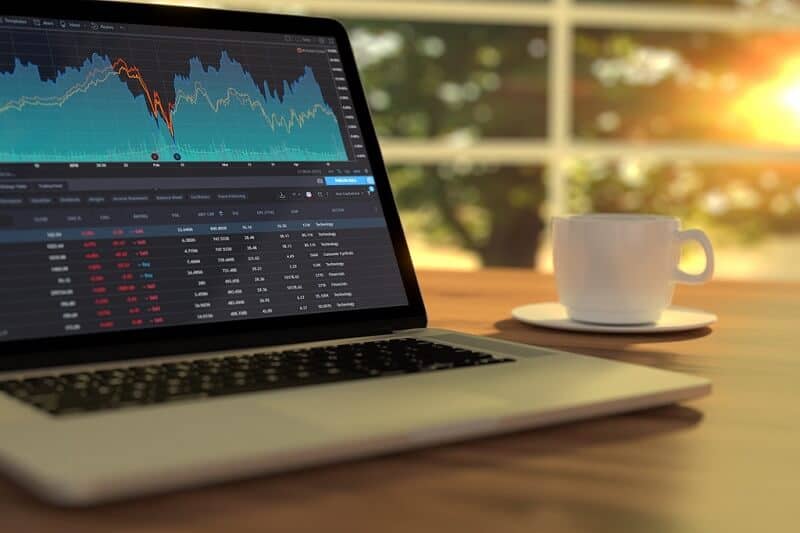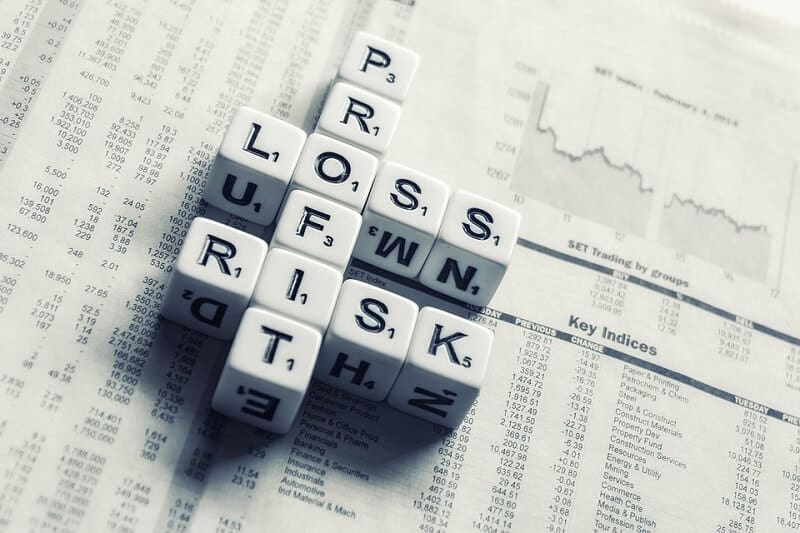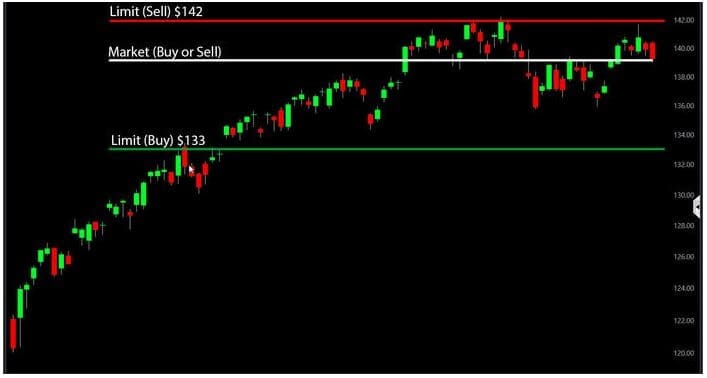
The enter or exit the investment must be in line with your investment plan.
by Guy Avtalyon
Beginners in the stock market are usually enthusiastic, but do they know when to buy, sell, or hold on to stocks to gain maximum growth and limit loss?
There are no guarantees for stock’s price, they can go up or down driven by various circumstances. So how to know when to buy, sell, or hold on stock?
No one can tell you about one specific, the best strategy, good for everyone. But advanced traders follow some “rules of thumb” when they examine their investment movements. They are establishing entry and exit points and evaluating fundamental factors. But they had to learn some universal systems at first and after that, they were able to choose the one or a few that suit them the best.
Examine Entry and Exit Points
An entry point is the price level where the trader buys an investment or “enters the position”. The exit point is a price where you sell or “exit”.
If you want to avoid the wrong decisions and if you want to know when to buy, sell, or hold on the stock you have to define your entry and exit points. That means you must have a clear strategy to lower the risk and enhance your return. In other words, you have to set the right entry point to maximize winnings.
Also, it is extremely important to define where to set a stop loss. This point is worth in case the stock price starts to drop. Yes, some traders will wait for the dropping price to grow, but that may be dangerous in case the stock value continues to decline. This is especially important for short-term traders with the idea to buy and sell in a short time.
Traders usually practice stop and limit orders to maintain the balance between gains and losses.
The point is to have more winning trades, right?
To avoid permanent watching the charts and price changes you can set stop or limit order. That will provide you to enter or exit the investment according to your investment plan.
A limit or stop order means that you decide how much stock you want to buy at a specific price or when it peaks a specific price. So, you can place a limit or stop order for a higher or lower price than the current market price. The market price is the prevailing price of the stock.
Stop and limit orders act separately but associate to the trader’s action in the same way. They enable traders to not have to continually watch price movements, but traders have various goals with these orders.
For example, when setting a limit order, the intent is to buy or sell a stock at a defined price. To be more clear, if a stock’s value is $85, and you want to buy it, you may set a buy limit order at $80 if you think it is your best entry point.
Thus, if you want to sell the stock, you may place a sell limit order of $90 if it is your projected or planned exit point.
Stop order is a defensive strategy to lower losses.
To secure your investment, in case the stock continues increasing in value, you may set a stop order at a point a lot bellow the current price. But if you expect that stock to be trading below, you may try to minimize your losses with a higher-stop order that will be close to the current price or just a bit under the current price.
Stop and limit orders are created to trigger when the pre-arranged price is reached. If you set a limit order at $90, the stock will be sold immediately when the stock increases, and $90 is touched. Or vice versa, if you set a stop order below the current price, the stock will be sold when the price drops and it reaches that price.
I hope the point is clear, the trader with the limit order wants to sell when the price rises, and the trader who placed the stop order wants to sell when the price drops.
Why is important to know when to buy, sell, or hold on the stock?
There is some risk involved in limit orders. A limit order “guarantees the limit price or better” but on the other side, what if it never gets filled?
A stop order means an exit from the stock position if the price drops, after your stock scores the stop you’ve set. In that case, your stop order becomes a market order and there are many competitors waiting to be filled. Hence, you don’t have a guarantee that your order will be filled at the specific price you placed. In some cases, you may end up selling the stock significantly below that level.
Moreover, if you have a sell stop at $90 and the price falls to $40, your order will be triggered at $60, which is a good thing. But things could go in the wrong way too. For example, if you purchased a stock at $80 and placed a stop at $75, the stock might go down to $70 and be sold, of course, but it can jump back to $90.
When to buy stock?
In investing, it is important to determine what a stock is worth. Will it rise up to the estimated value? Set a range at which you would like to buy a stock. That might be helpful. Will you pay that amount for a particular stock? Be honest while giving the answer.
If you don’t know the price target range, you will be in trouble with determining when to buy a stock.
Also, you have to know about the financial health of a company. It is possible through the company’s financial statements that have a treasure of information.
You have to pay attention to the company’s revenue, for example, or how it relates to its past reviews. Are the company’s sales growing or shrinking? Read the company’s guidance for revenue or sales, which reveals how it expects to perform in the future.
Cash flow is important too because it will provide you information about a company’s liquidity. A very good sign is when more money is coming into the company than it spends. It is a positive cash flow.
Further, a stock might be undervalued. So, you must estimate a company’s upcoming prospects. Compare it with current reports. In this way, you will find a possible price target. If the current stock price is lower, buy it.
When to sell the stock?
Whenever the expected price is bigger than the current stock price, you have a chance to earn.
The size of the return depends on how much of a discount a stock trades related to its expected value. Also, it is related to how much time the market needs to update its expectations. The higher the stock price discount and the sooner the market corrects its expectations, the higher the return.
You can sell your stock when it hits its expected value, or a more winning stock arises, or you change your expectations.
When to hold the stock
You have to know that it can take time for a stock to reach its real value. Any stock price forecasting is actually simple guessing.
Your stock may need several years for a stock to reach close to a price targeted. If you are sure your stock will grow, hold it 3 to 5 years. Very often, you will profit more. It is essential to know when to buy, sell, or hold on the stock if you want a profit.























